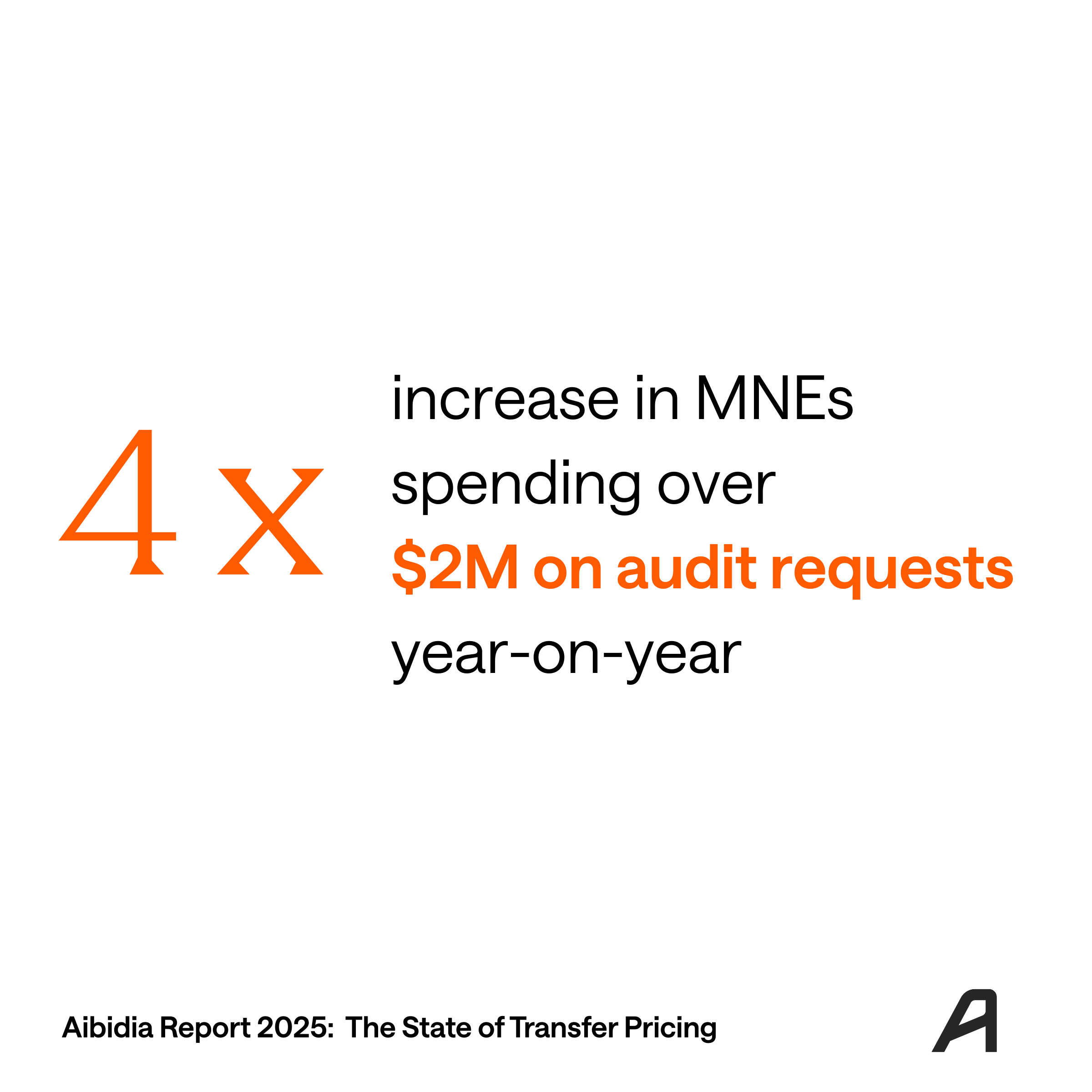Globalization and international business development lead to an exponential growth of MNEs' cross-border transactions. From the tax authorities' perspective, increasing cross-border internal transactions or intra-group profit and expense allocations requires allocating proper tax audit resources to secure the taxable incomes within their tax jurisdictions. If multinational companies fail to justify their intra-group prices at the market prices during a tax audit, they face price adjustments and possible non-compliance penalties, leading to double taxation.
In the international tax area, transfer pricing is one of the most complex and resource-intensive areas. To be compliant with transfer pricing regulations, taxpayers have to (1) ensure that their prices are at the market level (i.e. arm's length) and (2) prepare documentation to demonstrate this.
Organizational transfer pricing approaches
Outsourcing
If you are unsure how to set the transfer pricing and fulfil your compliance obligations, the most common solution is to outsource the transfer pricing to external tax consultants. With the help of local tax experts, multinational companies can make sure their transfer pricing (including documentation) follows the local requirements. However, the cons include the cost of outsourcing, particularly as multinational companies expand into new markets; they are required to engage more tax experts. In addition, outsourcing to external parties may undermine companies' information privacy and data security. Besides, it would be a challenge to align the overall transfer pricing policies and have a consolidated overview of all the entities if several tax consultancy firms use different methodologies to implement local transfer pricing compliance. Finally, multinational companies would likely lose dynamic control of their intra-group pricing policies. When they are carrying out normal business operations, it can be challenging to spot a non-compliance risk and make necessary adjustments. This may lead to substantial year-end adjustments or/and double taxation in several jurisdictions.
Traditional Insourcing
Some multinationals prefer building traditional transfer pricing in-house functions. In this model, a company would usually hire ex-consultants and transfer pricing professionals from industry and tax authorities to handle transfer pricing processes (including the documentation). The benefit of this approach is that it can be cost-effective, would give better control over the group's transfer pricing, and the company would build and maintain industry and company-specific knowledge and expertise. However, the downside of this approach is that the costs are essentially fixed, and in-house specialists may sometimes be not fully up-to-date with the recent TP trends, so the setup can be ineffective overall.
Digitalizing the Tax Process
Alternatively, multinational companies can roll up their sleeves and start converting their tax process into the digital world. Of course, there will be a learning curve for the tax novices to become confident with managing transfer pricing using a new solution, particularly in the beginning. But tax digitalization can indeed address the abovementioned issues more efficiently and effectively.
When it comes to digitalizing the tax process, here are a few steps to follow:
- First, define the scope of what to be transformed into digital solutions. Let's use the example of transfer pricing documentation. Depending on the materiality and the non-compliance risks, you can prioritize certain countries and entities to be covered by digital solutions first.
- Second, choose the digital solution to begin your digitalization journey. As there are plenty of digital transfer pricing compliance services or solutions available in the market you can choose from, make sure the solution meets the following criteria:
- It is usable. This includes the functions, the UI/UX and the customer support aspects. Does the digital solution sufficiently cover your transfer pricing documentation requirements? How straightforward and comfortable is the solution's environment? And if you are stuck or experiencing bugs, how fast and well-structured are the troubleshooting?
- It is up-to-date. Transfer pricing legislation is reviewed and updated frequently, and OECD constantly publishes new papers and guidelines. Make sure the digital solution you are using addresses this issue to ensure the quality of your tax compliance.
- It can integrate with other features. Digital solutions can be roughly categorized into either point solutions or unified platforms. While a point TP solution excels at solving specific issues at a lower cost, its ability to integrate with other features may be incomplete. In contrast, a unified TP platform covers the core transfer pricing compliance and incorporates many features under one umbrella (such as transfer pricing analytics, workflow dashboard, and operational transfer pricing).
- It is cost-efficient. This doesn't mean that you should always go for the most affordable TP solution. You should assess your group's holistic needs and risks in terms of TP compliance. For example, does it still make sense to be charged per local file preparation when your multinational company is expanding in both scale and new geographic market, which triggers more local file requirements?
After you have gone through the above mentioned steps, the final step is to convert your manual transfer pricing process into the digital world.
You first should define what needs to be converted, who in your company will do the work, and when will the conversion be in place. You would also need to collect the data required by the transfer pricing legislation. A well-developed TP solution should also indicate the required information, the deadline and the materiality thresholds of the TP documentation requirements. After populating the data into the digital platform, you may need assistance from the service provider, particularly their review and/or recommendations to ensure that your converted documentation is fully compliant with the TP requirements and is ready for the tax audit.

The proper digital transfer pricing setup would allow your company to:
- Eliminate human errors and manual workload
- Integrate all transfer pricing processes, from planning through documentation to audit defence
- Cut costs in the long-term
- Gain valuable insights into your transfer pricing data, and
- Control your tax process, real-time
In conclusion, digitalizing your tax process has more advantages than disadvantages, particularly in the long term and on a large scale. While it may require some efforts at the beginning of the journey of digital transformation, you will significantly reduce the workload of preparing TP documentation, avoid the risk of double taxation, minimize the input errors in your documentation, align the information across different documentation, and save more time and resources for reviewing your files.






%20(2).png)



.png)

.png)
.png)






.svg)
